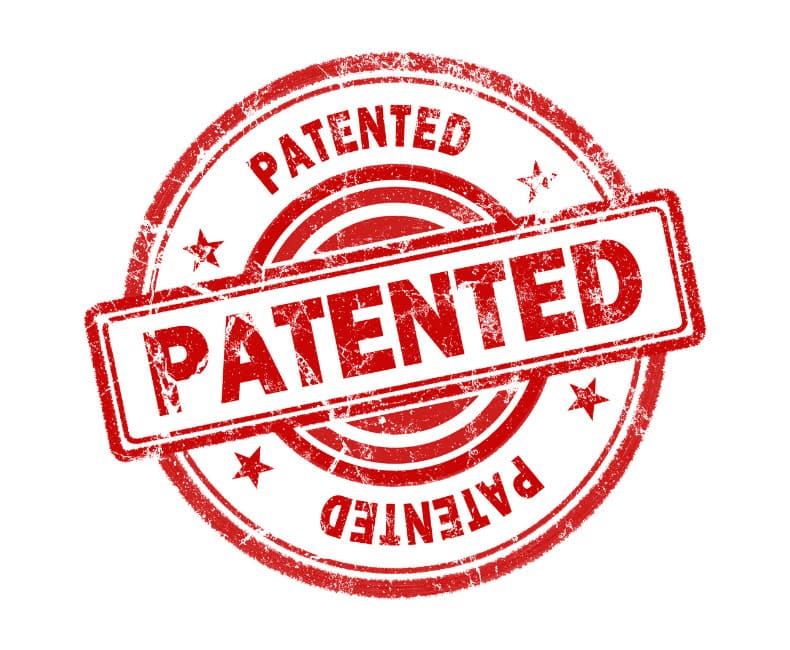Understanding Patent-ability (Inventive Step)
We have discussed “NOVELTY” in detail in the earlier post. Now we will understand inventive step, which is second most important criteria for getting your patent application granted. Always, patent applications are validate for novelty first. If the examiner cites citation(s), which can destroy novelty, then no further search and analysis is conducted. If there is no relevant citation for destroying novelty, further search is conducted to validate the patent application for inventive-step/non-obviousness.
What is inventive step: According to Indian Law:Section 2(Ja)“inventive step” means a feature of an invention that involves technical advancement as compared to the existing knowledge or having economic significance or both and that makes the invention not obvious to a person skilled in the art”Meaning: Even if the invention is new(novel), it should have technical advancement or have economical significance or both which is not obvious to a person skilled in the art.
According to EP LawArticle 56 – Inventive stepAn invention shall be considered as involving an inventive step if, having regard to the state of the art, it is not obvious to a person skilled in the art. If the state of the art also includes documents within the meaning of Article 54, paragraph 3, these documents shall not be considered in deciding whether there has been an inventive step.Meaning: the invention should not be obvious to a person skilled in the art.
Article 54 states requirement for novelty.Applied Test: Problem Solution Test or Problem-solution approachThe problem-solution approach essentially consists in three steps:
1. identifying the closest prior art, i.e. the most relevant piece of prior art, and determining the difference(s) between the invention and the closest prior art;
2. determining the technical effect brought about by the difference(s), and that defines the objective technical problem (namely, in the view of the closest prior art, the technical problem which the claimed invention addresses and successfully solves); and
3. examining whether or not the claimed solution to the objective technical problem is obvious for the skilled person in view of the state of the art in general.
[4] According to US Law What is referred by India and Europe as “inventive step”, is referred as “”non-obviousness” by US Patent Law.35 U.S.C. 103 authorizes a rejection where, to meet the claim, it is necessary to modify a single reference or to combine it with one or more other references. After indicating that the rejection is under 35 U.S.C. 103, the examiner should set forth in the Office action:
(A) the relevant teachings of the prior art relied upon, preferably with reference to the relevant column or page number(s) and line number(s) where appropriate.
(B) the difference or differences in the claim over the applied reference(s).
(C) the proposed modification of the applied reference(s) necessary to arrive at the claimed subject matter, and• (D) an explanation as to why the claimed invention would have been obvious to one of ordinary skill in the art at the time the invention was made.
Applied Test: Teaching-Suggestion-Motivation In India, as on date we don’t have any test, but some guideline not so explicit enough. What kind of citation can prevent patent application for getting granted for Inventive step?For this, the patent examiner needs to cite patents/non-patent literature that are describing few of the proposed in the patent document. The citation can be patent or non-patent literature.
He may try to combine these two or more citations together to envisage the technology described in the patent application under examination. Combining these cited documents to gather should be obvious to a person skilled in the art. Also, such combining these two documents should not be obvious to a person skilled in the art. Eg: nut and bolt replaced by rivets, glue stick and butter stick and the like. For example: Mr. Adam has applied for a patent in 2010 for his invention of an electric drier with a detachable handle.
The examiner will search to identify an electric drier with adjustable handle. If the examiner is able to identify both an electric drier and adjustable handle, the patent applicant may be rejected for lacking novelty. If he fails to identify, both in a single patents, the examiner will try to cite documents with a electric drier separately and adjustable handle separately. Additionally, the examiner needs to identify a document which suggests use of adjustable handle in the air drier.
Even non-patent literature are cited. Documents published before the date of filing of the patent application are only considered relevant for negating patent application for inventive step. Therefore, for negating patent application based on inventive step, the examiner need to combine explanation of the two or more documents and try to envisage the proposed invention in the patent application. Further, such combination should be obvious to a person skilled in the art.
Ref: https: ipindia.gov.in/writereaddata/Portal/ev/sections-index.html


